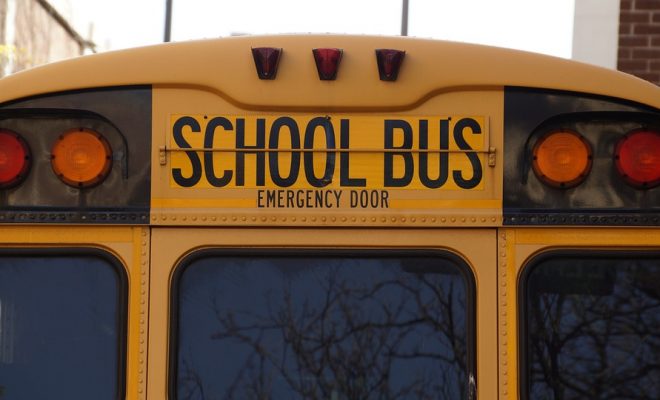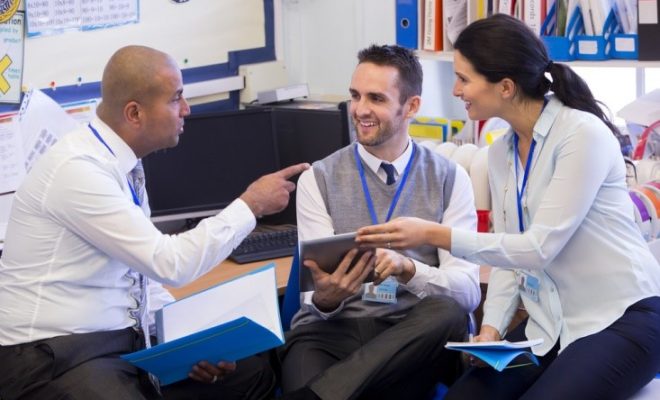How Edtech will Change School Culture

For more than 100 years, we’ve relied on the factory model for providing education. Born of the industrial age, when efficient systems mattered most in producing a product, the factory model mimicked assembly-line work.
Schools built large classrooms and filled them with multiple rows of students. Teachers delivered one-size-fits-all instruction, and process was replicated in room after room, hall after hall, and school after school.
Naming the education system after industrialism was more of a metaphor than anything else, but one thing became apparent. Industrialism had served its purpose. Continuing to model an education system after an era that had passed was hurting instruction, not helping it. In education, we deal with people, not parts.
The birth of computers and the Internet renewed interest in education, and many thought that technology would be the panacea schools needed to reinvent themselves. As it turns out, change was not going to come from having computers or other trendy digital devices. Authentic change in education could only come about from how we used the new tools, not which ones we purchased for school.
Techniques, not tools
Edtech integration can be the change agent schools so desperately need. Classroom Innovation Partners CEO Joel Rose notes:
“The promise of educational innovation is less about processing power and software code and more about the opportunity to release ourselves from general assumptions regarding how instruction is organized and delivered. It’s why our collective charge in K-12 innovation today should go beyond merely designing and producing new tools. Rather, our focus should primarily be to design new classroom models that take advantage of what these tools can do.”
Schools today are poised to make radical changes in the way we instruct our students. We have the capacity to engage students in collaborative work online. Schools can utilize adaptive software to meet individual learning needs. Many students own handheld devices they can use in the classroom and at home for extended learning opportunities. Teachers who facilitate edtech incorporation in their classrooms can still provide teacher-directed instruction when appropriate.
The idea is to provide a blended learning experience for students. Edtech solutions make it possible to meet the diverse needs of all learners.
Technology expansion opens doors
As edtech, and especially technology in general, has expanded, so has our dependence on it. That’s not a bad thing, because technology has allowed us to turn our focus to what matters most.
The Internet of Things has made it possible for schools to operate more safely and more efficiently while providing better instruction. Surveillance cameras and motion-detectors monitor the buildings. Smart devices allow easy thermostat and lighting control. Seamlessly integrated systems allow for streamlined operations, which in turn, frees up educators to focus on one thing: student learning.
Edtech has made it possible for anyone, anywhere to learn, as long as they have Internet access. Where students once went to libraries to read and check out books, they now have multiple libraries in the palm of their hands. They can learn a language, continue their education, or look something up. Edtech is their teacher.
Because edtech has altered the education landscape so significantly, it’s time to let it also change our school culture. Rather than fashion itself after the factory model, schools should become hives that attract collaboration and learning.






